Hunting and gathering continued to be important for the next several thousand years, during what is sometimes called the Archaic period, dating between about 6000 and 500 BC (Figure 5). Global temperatures had been increasing since the retreat of glacial ice and,
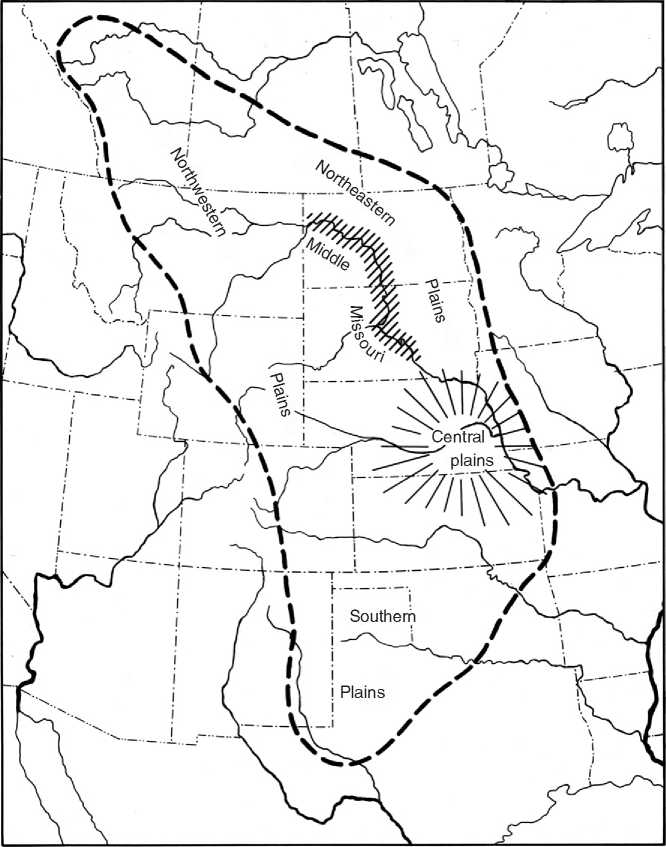
Figure 1 Spatial divisions of the Plains area. After Lehmer (1971) Introduction to Middle MissouriArcheology. National Park Service, Anthropological Papers No. 1. Washington, DC: US Department of the Interior.
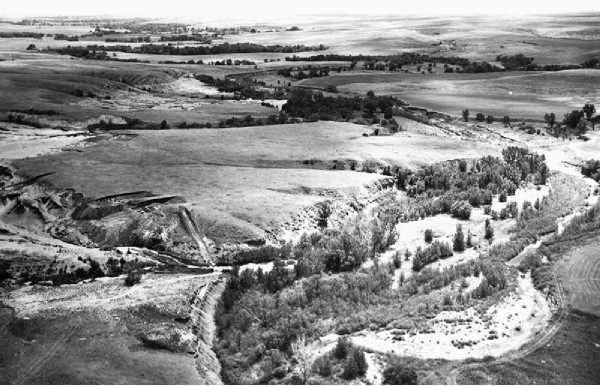
Figure 2 Typical Plains view showing the interfingering of stream-bottom vegetation and upland grasslands. In the foreground is the Ray Long site, southeast of the South Dakota Black Hills. Photo by Richard P. Wheeler, National Anthropological Archives.
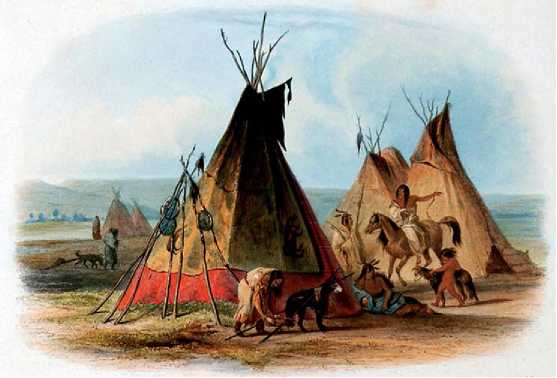
Figure 3 A Skin Lodge of an Assiniboin Chief. After Karl Bodmer.

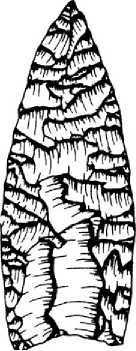
(b)

Cm

(a)
(c)
(d)
Figure 4 Clovis and Folsom points: (a, b) Clovis points; (c, d) Folsom points. From Jack L. Hofman and Russell W. Graham, The Paleo-Indian Cultures of the Great Plains. In W. Raymond Wood, editor, Archaeology of the Great Plains (1998), Lawrence: University Press of Kansas.
Though the timing varies with geography, temperatures peaked in what is known as the Hypsithermal climatic episode, some 5000 to 3000 BC, then gradually began to cool to modern conditions. The effects of this warming peak and its accompanying droughts on human and animal activities must have been locally very severe, but people never abandoned the region.
The record for this period is quite patchy because of poor preservation and inadequate sampling, but across the plains we nevertheless find an increasing number of distinctive complexes, largely defined on the basis of a rapidly expanding inventory of very diverse projectile points that include Logan Creek,
Gore Pit, McKean, and Pelican Lake. Lifeways were adjusting to a time of rapidly changing climate that led to striking modification in the flora and fauna upon which humans depended. Bison remained a staple in their diet, but there is now more evidence for the use of plant resources because, as opposed to the rare presence of grinding tools in late Palaeo-Indian times, there is the almost universal use of manos and metates for grinding seeds and other vegetal foods. In the Eastern Plains, simple fiber-tempered pottery that dates to between 2600 and 1000 BC was unexpectedly found at the Nebo Hill site, near Kansas City.
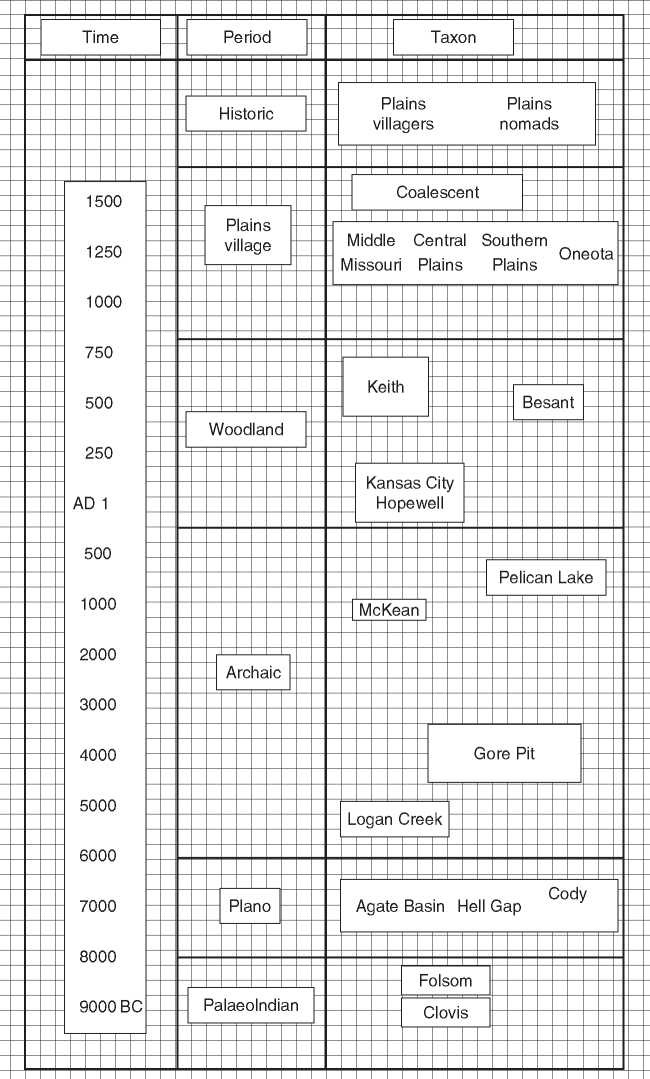
Figure 5 Chronological periods on the Great Plains, with a few representative cultural units.




 World History
World History









